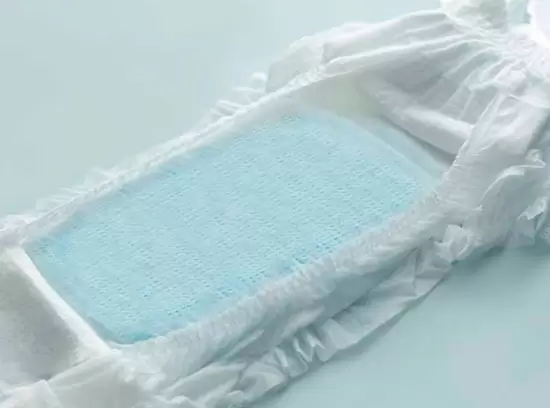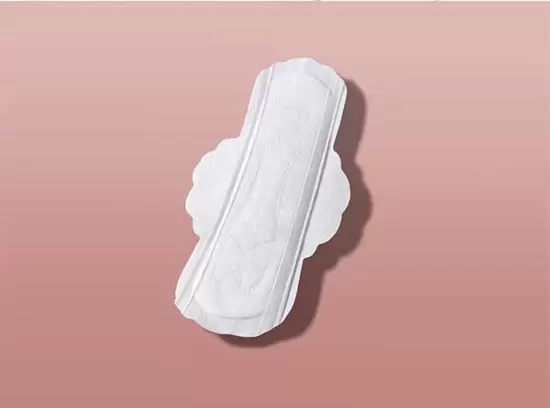Medical non wovens is a fabric that does not need to be spun and woven
Medical nonwovens is mainly bonded together by physical methods, so you will find that it is impossible to pull out threads from the nonwovens. It breaks through the traditional textile principle. Compared with traditional pure cotton woven textiles, medical nonwovens has advantages such as moisture resistance, air permeability, flexibility, light weight, non-flammable, easy decomposition, non-toxic, non-irritating, low price, and can be recycled, which is very suitable for the medical field.
Medical nonwovens has a wide range of applications
In medicine, it can be used to produce masks, surgical caps, disposable surgical gowns, disposable medical bed sheets, maternity bags, diapers, etc. When it is placed outdoors, the longest lifespan of medical nonwovens is only 90 days, while if it is placed indoors, it will naturally decompose within 8 years, making it a new environmentally friendly material. As a disposable one-time use product, medical nonwovens is not only convenient and safe, but also can effectively prevent bacterial infection and nosocomial cross-infection, which has been favored by the market. In addition to medical uses, nonwovens have many applications in home decoration, clothing, agriculture, industry, and many other fields.
Important factors affecting the tensile strength of nonwovens
Nonwovens is a type of nonwovens made directly by using polymer chips, short fibers, or filaments to form a network through airflow or mechanical equipment, and then strengthened by water punching, needle punching, or hot rolling, and finally formed into a nonwovens through post-processing. It is a new type of fiber product with softness, breathability and planar structure, and has the characteristics of short processing flow, fast production rate, high yield, low cost, wide application, and multiple sources of raw materials.
Because most spunbond nonwovens use polypropylene raw materials, the hand feel of nonwovens is related to the temperature of processing materials. When the temperature is high, the nonwovens produced has a harder feel, while when the temperature is low, the nonwovens produced has a softer feel. If the nonwovens is too hard, it will be more brittle and have poor tensile strength, and may easily crack. On the contrary, for nonwovens with soft hand feel, the tensile strength is very good and has strong toughness. Most manufacturers prefer to make hard materials, and many inferior nonwovens manufacturers use this to cheat on workmanship and materials, because the same weight of fabric with a hard feel is much thicker. Hard material is the most commonly used for nonwovens manufacturers, because the soft fabric feels thin, and soft materials feel very soft, similar to real knit fabric, with good toughness and strong tensile strength, and it is not easily torn.
The fibers used for nonwovens production are mainly polypropylene and polyester. In addition, there are nylon viscose fibers, acrylic fibers, polyethylene fibers, and chlorinated fibers. Hydrophilic nonwovens is mainly used in the production of medical and health materials to obtain better hand feel and avoid skin irritation. Products such as sanitary napkins and sanitary pads use the hydrophilic function of hydrophilic nonwovens. Choose products made from medical nonwovens for high-quality medical and health products for safer and more environmentally friendly options with great market prospects.













